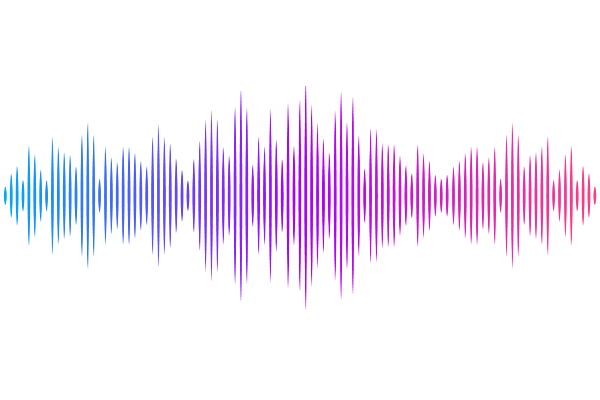3D matter power spectrum correspondence to 1D Lyman-alpha flux power spectrum

3D matter power spectrum correspondence to 1D Lyman-alpha flux power spectrum
Ivan Ridkokasha, Andres Aramburo-Garcia, Kyrylo Bondarenko, Anastasia Sokolenko, Matthieu Schaller, Alexey Boyarsky
AbstractThe 3D distribution of matter at small scales encodes valuable information about the nature of dark matter and other fundamental physics. A prominent probe of such scales outside galaxies is the Lyman-alpha forest, which studies absorption features in the spectra of high-redshift quasars caused by neutral hydrogen. The measured quantity is the power spectrum of the absorbed flux, which indirectly traces the underlying matter distribution. However, the connection between the measured flux power spectrum and the underlying 3D dark matter power spectrum is highly nontrivial. The flux power spectrum (i) represents a one-dimensional projection of the density field; (ii) traces only neutral hydrogen, subject to thermodynamic pressure; and (iii) is a nonlinear function of local matter density. Additionally, thermal broadening and redshift-space distortions-determined not only by the hydrogen distribution but also by its thermal state and local velocity field-further complicate interpretation. To robustly constrain dark matter properties using the Lyman-alpha forest, these systematics must be carefully modeled and controlled. In this paper, we present a simple phenomenological recipe for mapping the 3D matter power spectrum to the flux power spectrum. We first motivate our approach in the linear regime, then extend it to later times and into the nonlinear regime. We validate our model against a broad suite of warm and cold dark matter simulations, demonstrating that our recipe yields consistent and accurate estimates across a wide parameter space.